
More and more of us are using our backyards as additional rooms for our homes. Cooking, dining and entertaining outdoors are all popular options.
We use our backyards not only as a place to grow, but also as a place to live.
A well-designed backyard can be an extension to our homes, somewhere to relax, entertain, eat, exercise and play.
But when we spend a lot of our lives outdoors, privacy is important. No one likes to feel overlooked.
Growing an edible privacy screen can be a great way to solve this problem.
Why Make an Edible Privacy Screen?
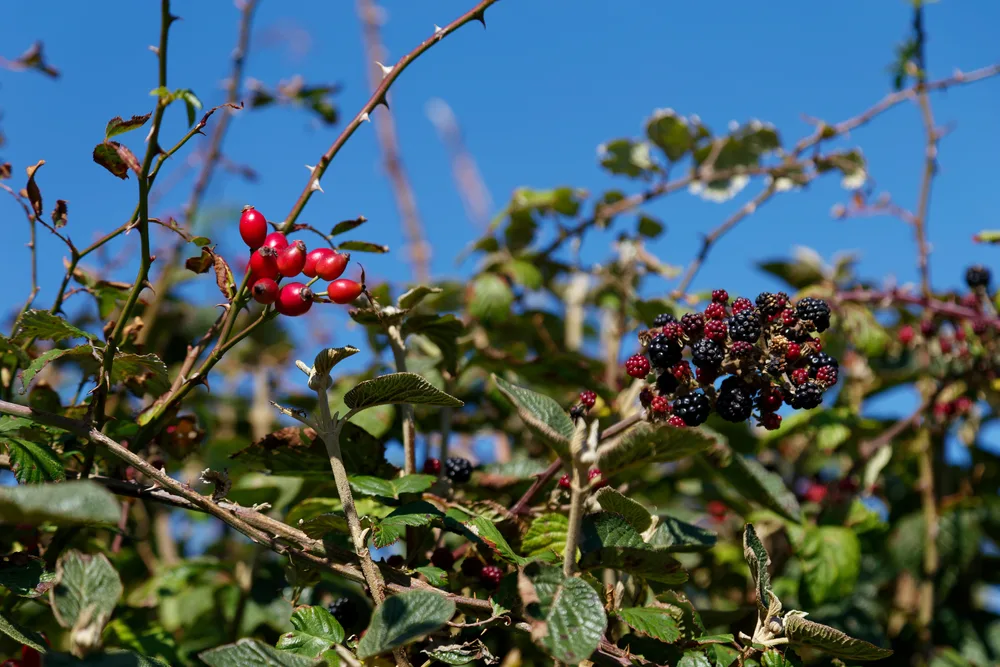
Every element in a well-designed organic garden should fulfil as many functions as possible. And an edible privacy screen can certainly tick a lot of boxes.
No matter which route you decide to go when designing and growing your edible privacy screen, it can:
- Provide a visual barrier between your own property and that of your neighbors.
- Screen off unsightly sections of your own property. (Such as compost bins/ recycling points etc…)
- Provide a barrier to stop anyone passing by outside from looking in through your windows.
- Provide seclusion (and shelter) for an outdoors seating area or other garden zone.
- Give you an abundant source of food. (Leaves, berries, fruits, nuts, vegetables, herbs etc.)
- Provide food for other creatures – potentially domestic livestock, like chickens for example, as well as garden wildlife.
- Give you other resources, such as vegetative matter for mulch, wood chip, fuel, timber etc. as you manage it.
- Be visually appealing at various different times throughout the year. (For example, when flowers are in bloom, and when fruits or berries appear.) Arguably, edible privacy screens are often much more appealing than physical screens constructed from non-living materials.
Considerations When Creating an Edible Privacy Screen
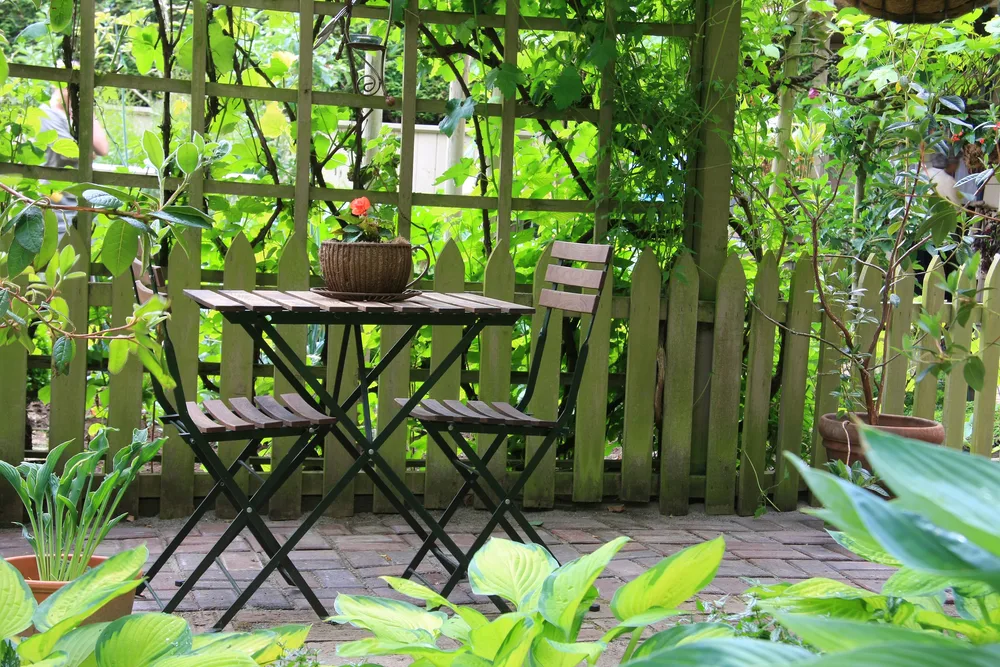
Before you decide which type of privacy screen and which plants to grow, it is important to consider a number of things.
Of course, first and foremost, you need to think about the environmental conditions in your garden, in the location in which you plan to plant your edible privacy screen. Be sure to think about:
- Sunlight and shade.
- Temperatures – climate and microclimate conditions.
- Wind and exposure.
- Soil type, soil characteristics, and pH levels.
- Rainfall and soil moisture.
All of these things will play a role in determining which plants will be best for creating an edible privacy screen where you live.
In addition to considering the site, you also need to think about your own needs.
Be sure to consider how:
- High and how wide the privacy screen needs to be.
- Quickly you need the privacy screen to grow. (Do you need to choose fast-growing shrubs and trees?)
- Dense the vegetation needs to be. (Do you want a partial screen, or do you want to completely eliminate gaps for prying eyes?)
- Essential it is that the privacy screen provides a dense screen year-round. (You may really only need full cover in summer, when you use certain parts of your garden, for example.)
When choosing plants for your edible privacy screen, you should also think about the edible yields (and other yields) it can provide, and how useful/ pleasing these will be for you and your household.
Types of Edible Privacy Screen
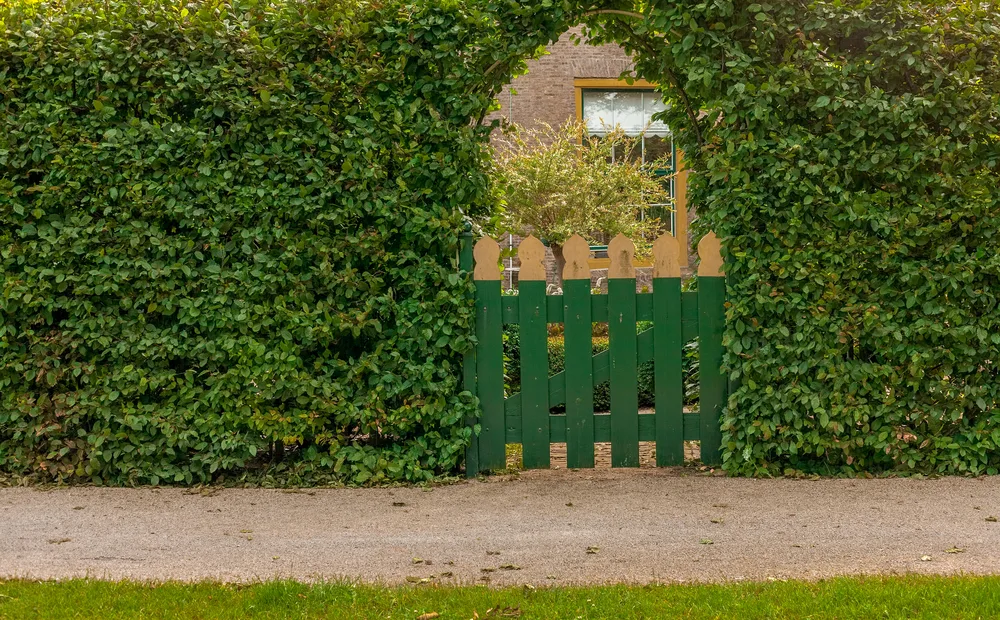
It is important to understand that there are several different types of edible privacy screen to consider. You might decide to create a:
- Hedge of evergreen shrubs and trees that provides a privacy screen all year round.
- Deciduous hedgerow that becomes less dense and provides less privacy in winter.
- Mixed hedge, with both evergreen and deciduous plants.
- Rows of tall plants (ie certain vegetables, herbs, flowers/ bamboo).
- A fence or other structure covered with edible vining/ climbing plants.
In my opinion, a mixed hedge, incorporating as many different edible plants as possible, is the best choice.
By choosing the right varieties, you can create a good privacy screen and ensure the continued good health of the ecosystem. A diversity of plants encourages a diversity of wildlife, and boosts resilience.
Another thing to consider is that when you plant as many different edible plants as possible, you will have more variety in things to eat.
What is more, if you choose the right plants, you will tend to be able to harvest from your privacy screen over a longer potion of the year.
But a hedgerow is not your only option.
It is also worth considering growing tall edible plants that are not usually included in a hedgerow.
You don’t have to limit yourself to woody shrubs and trees. You can also consider tall vegetables, herbs and flowers to create a privacy screen for at least part of the year.
Finally, if you already have a fence or similar, you can use plants to limit the view.
Growing edible vining or climbing plants along such as structure can dramatically increase your privacy.
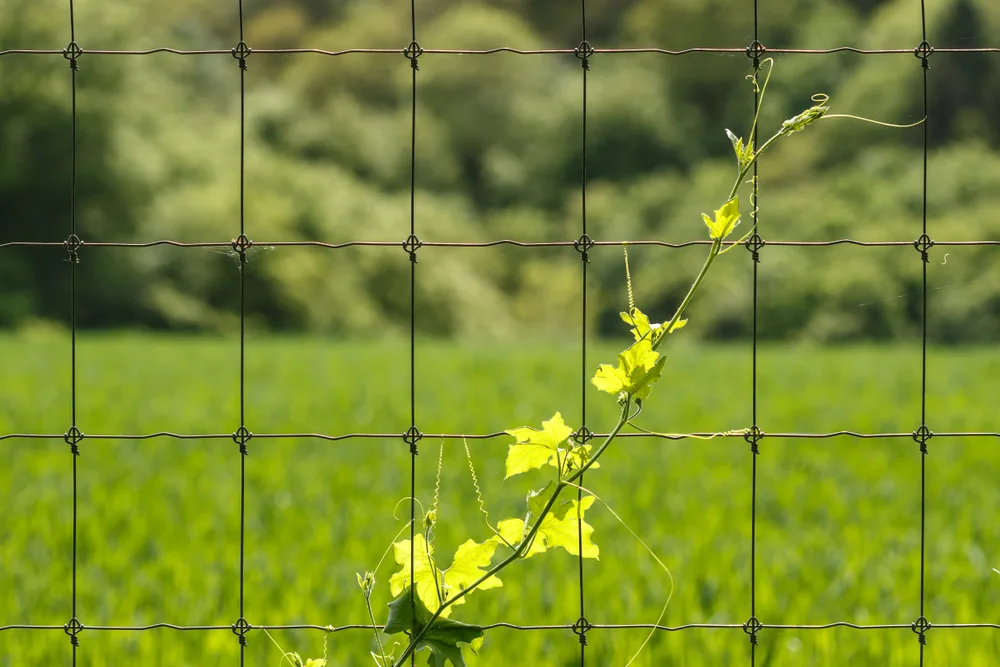
If your neighbours can look down on you from above, adding edible vines to a pergola or other such structure can also be a great idea.
Mixed Edible Hedging
First of all then, let’s take a look at making a mixed edible hedge. Such hedges are perfect for privacy screens, but can also have a wide range of other uses.
It does not matter where you live, and what the conditions are like there.
You are certain to be able to source and grow a range of plants that will provide you with sources of food.
Planting your hedging plants in two staggered rows is a great idea, as this will give great privacy, and ensure a dense structure once the plants have matured. Plant spacing will depend upon the plants and varieties you choose.
You will find that if you combine a mixture of evergreen and deciduous plants, and plant relatively densely, you will not lose all privacy when fall arrives.
And you won’t just be left looking at a bunch of twigs in winter.
Of course, the trees and shrubs you can choose to include in your edible privacy screen will vary considerably depending on where you live.
However, to give you somewhere to start, here are some plant options which you may like to consider:
Evergreen Shrubs for Edible Hedging
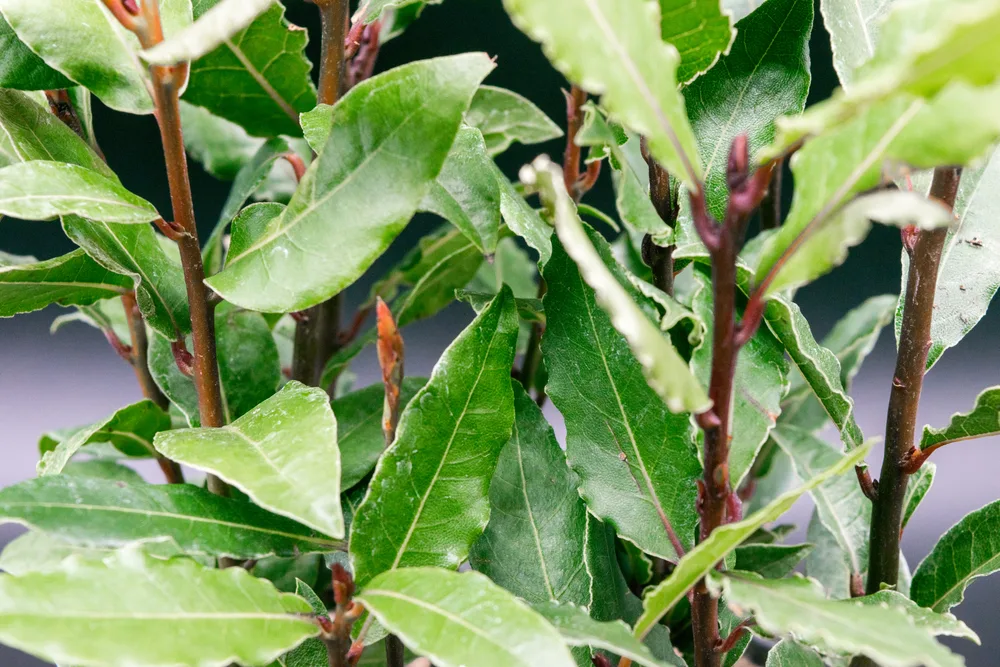
Some evergreen shrubs to consider for your edible hedging include:
- Bay Laurel
- Elaeagnus ebbingei (Oleaster)
- Berberis (Barberry)
- Viburnum trilobum (American Cranberrybush)
- Mahonia (Oregon Grape)
- Large rosemary plants
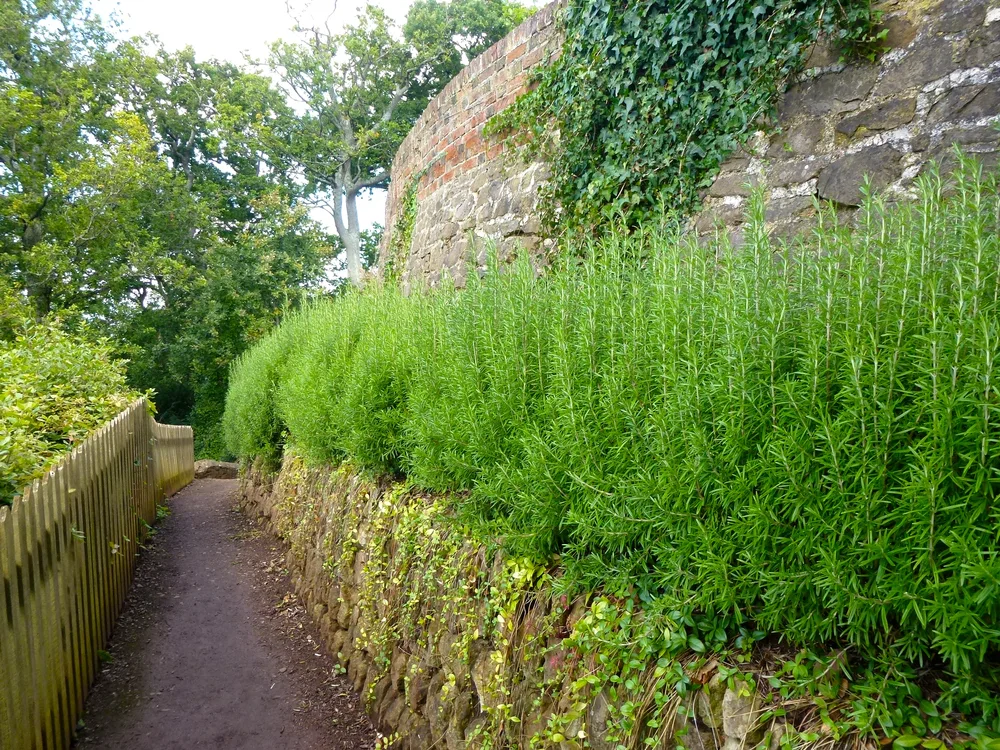
And, in warmer climate zones:
- Natal Plum
- Citrus tree varieties
Deciduous Edible Hedging Plants
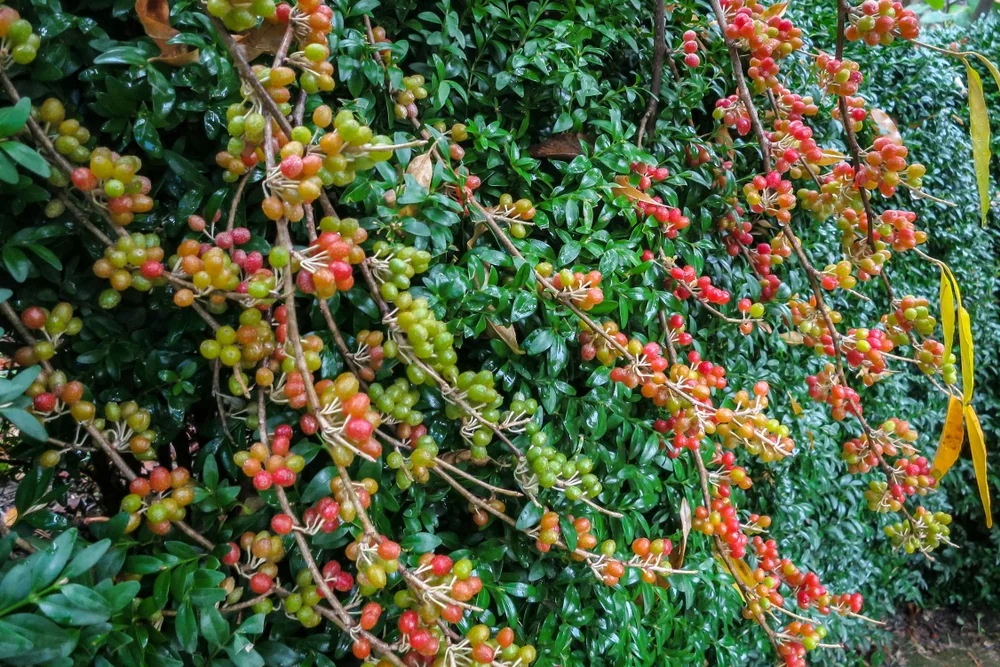
When it comes to deciduous edible hedging plants, you will have a much wider range of choices. For example, you can consider small trees/ large shrubs such as:
- Elaeagnus umbellata (Autumn Olive) (also nitrogen fixing)
- Elaeagnus multiflora (Goumi) (also nitrogen fixing)
- Sea buckthorn (also nitrogen fixing)
- Rosa rugosa
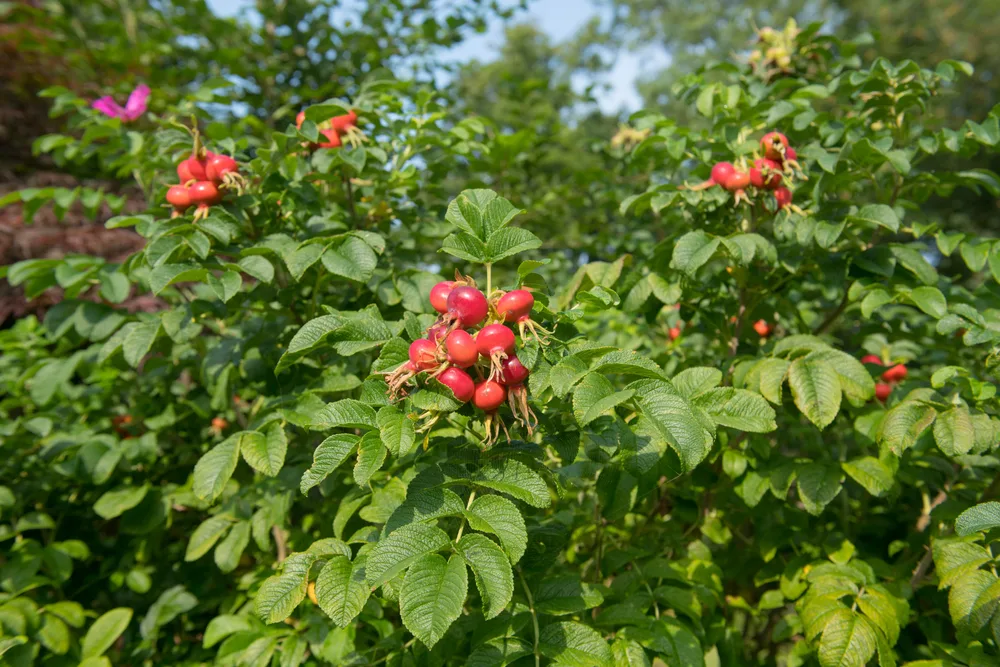
- Hazel
- Elder
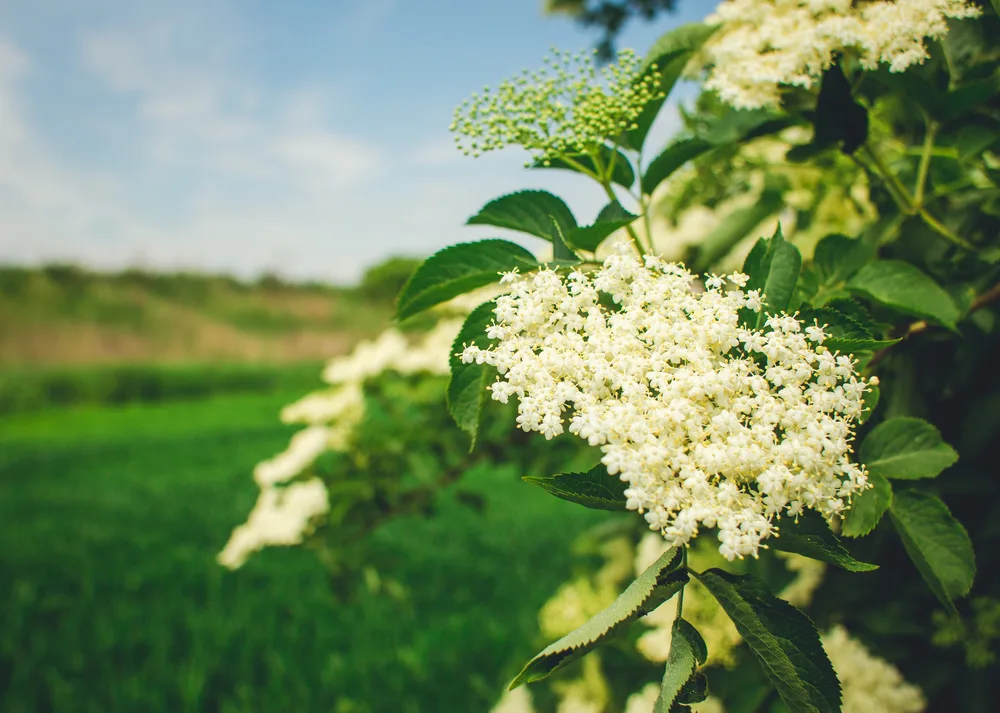
- Crab Apple
- Apple (cultivars)
- Wild Plum
- Plum (cultivars)
- Wild Cherry
- Cherry (cultivars)
- Wild Pear
- Pear (cultivars)
- Blackthorn
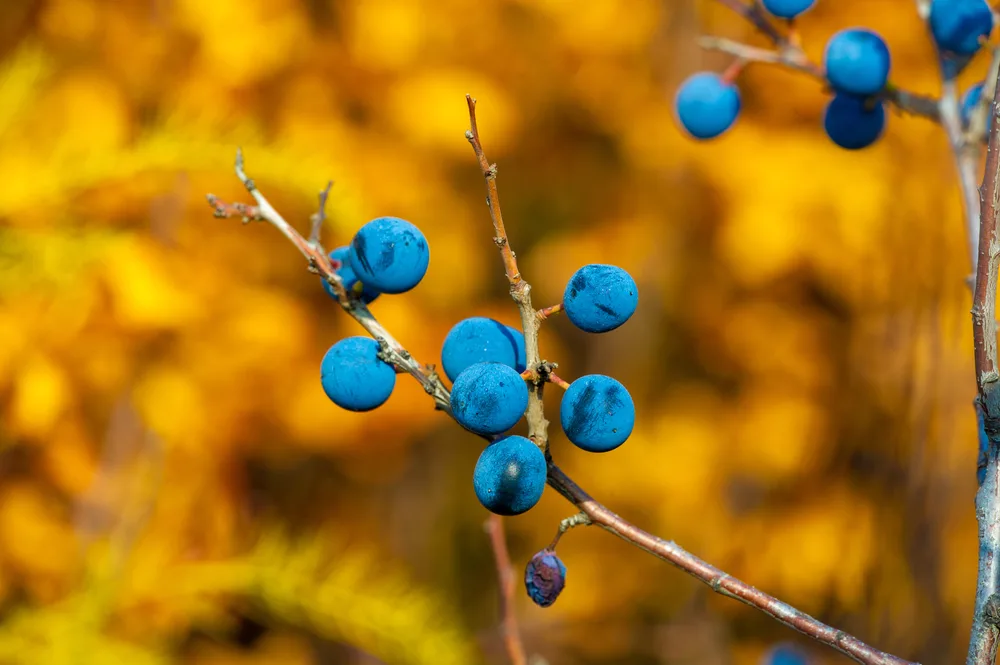
- Hawthorn
- Amelanchier Lamarckii (Snowy Mespilus)
Bear in mind that you can train fruit trees etc. into more formal and neat privacy screens, as well as leaving them to grow into looser, wilder hedges.
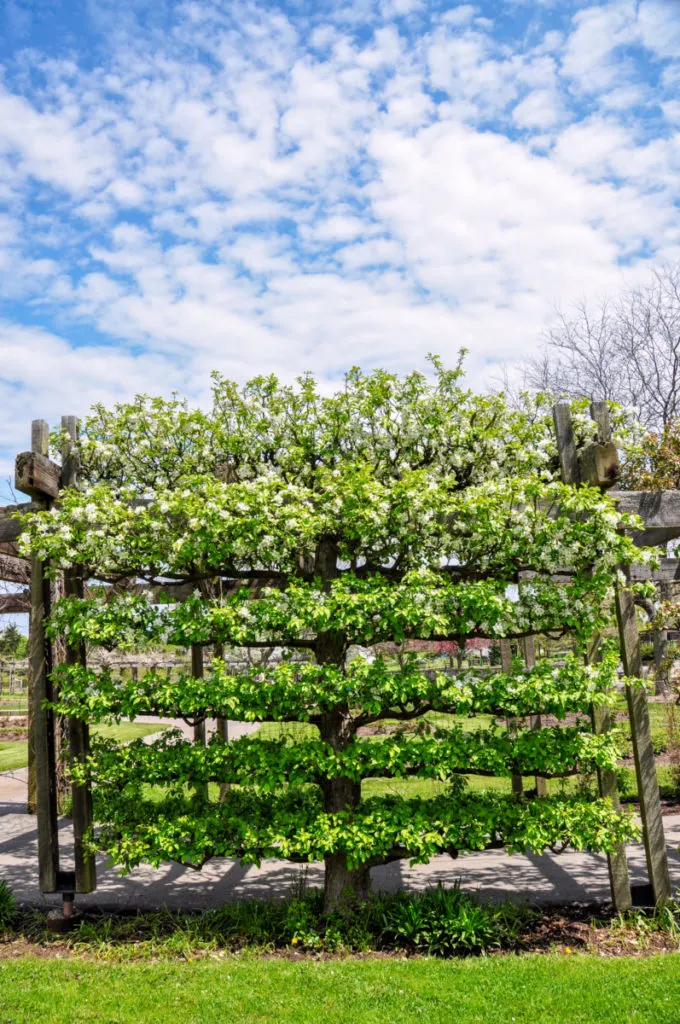
You can also consider fruiting canes and fruit bushes such as, for example:
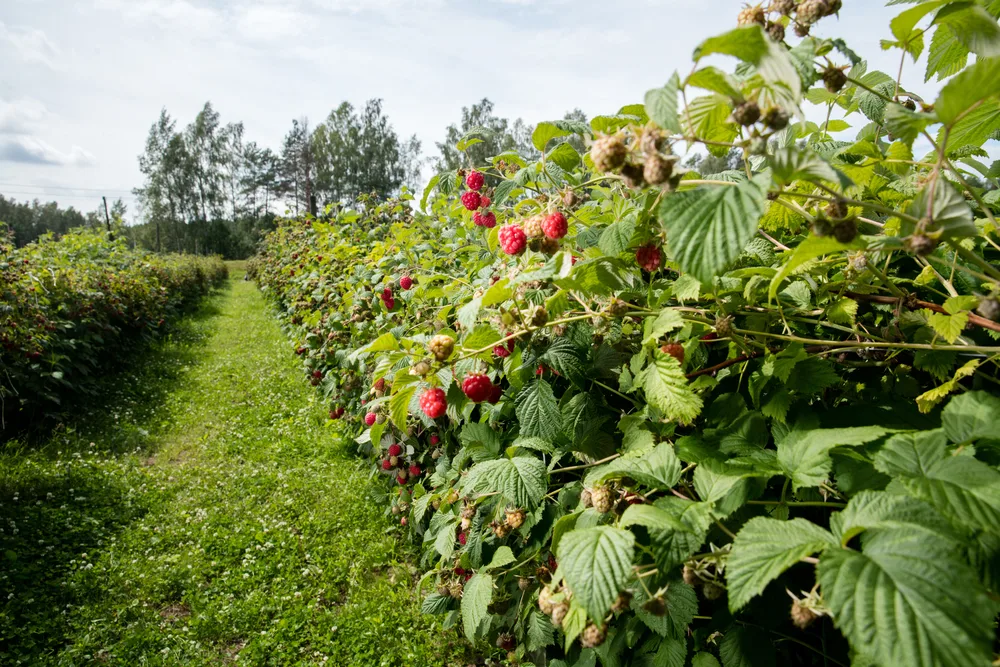
- Raspberries (Tayberries, Boysenberries. Loganberries etc…)
- Wineberries
- Blackberries
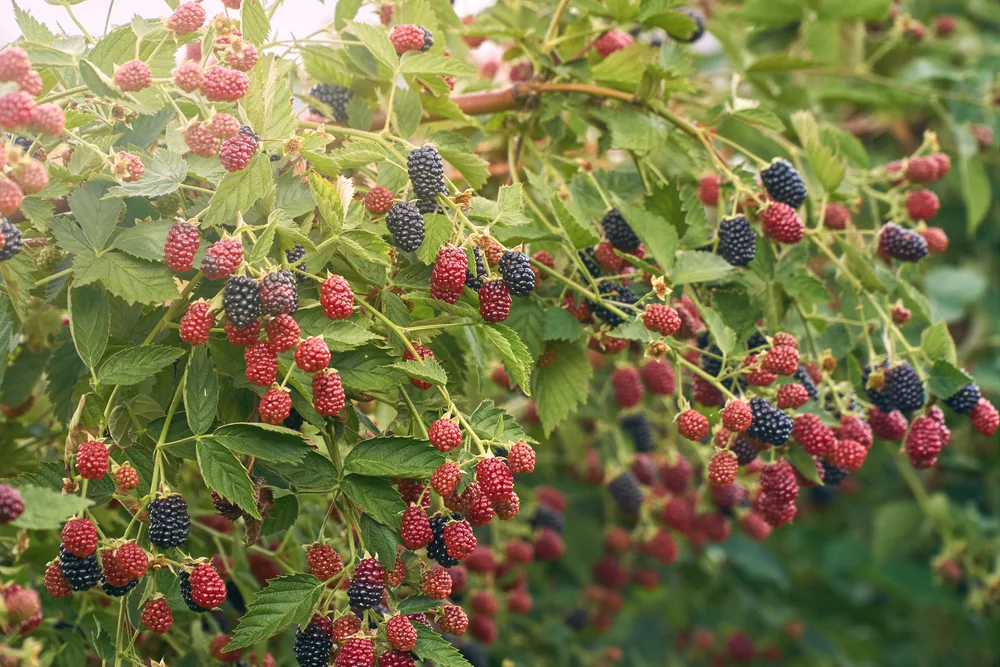
- Gooseberries
- Ribes (Currants)
Other Edible Plants For Privacy Screens
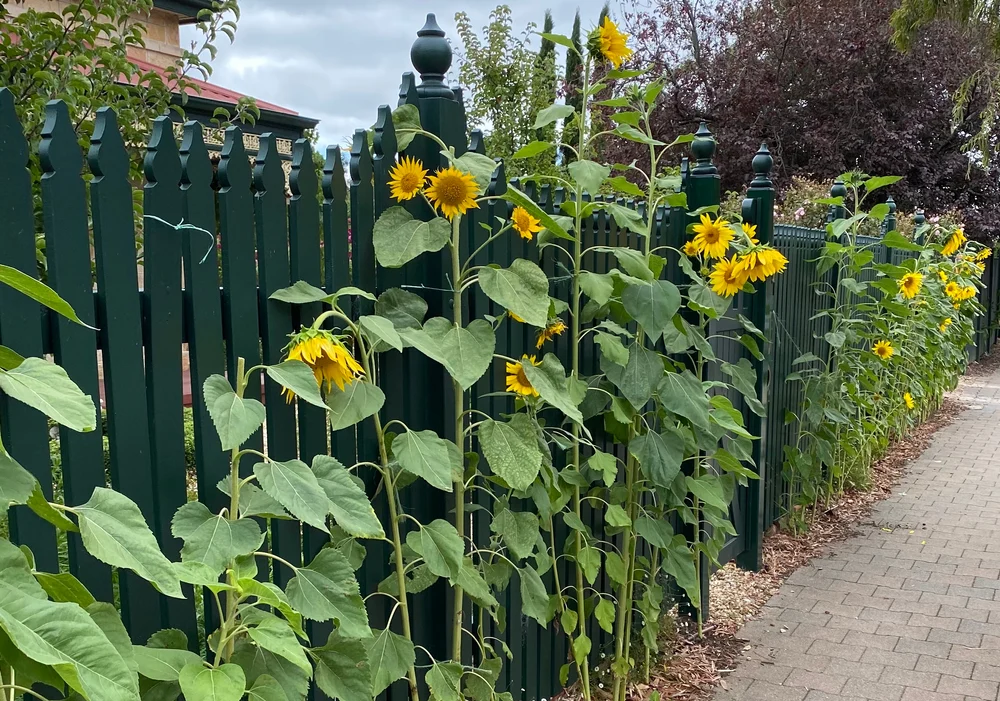
Though these are often overlooked for an edible privacy screen, you could also consider a number of different perennial and annual vegetables, herbs, grains and flowers that grow tall, such as, for example:
- Globe artichokes
- Jerusalem artichokes
- Sunflowers (with edible seeds, but also an edible flower)
- Fennel
- Corn
- Millet
- Sorghum
Make sure that you plant these in multiple rows so they may support one another.
Don’t grow tall plants like this in an exposed spot or single row, or they may blow over. While these will not give constant cover, they should provide a privacy screen through much of the year.
Bamboos
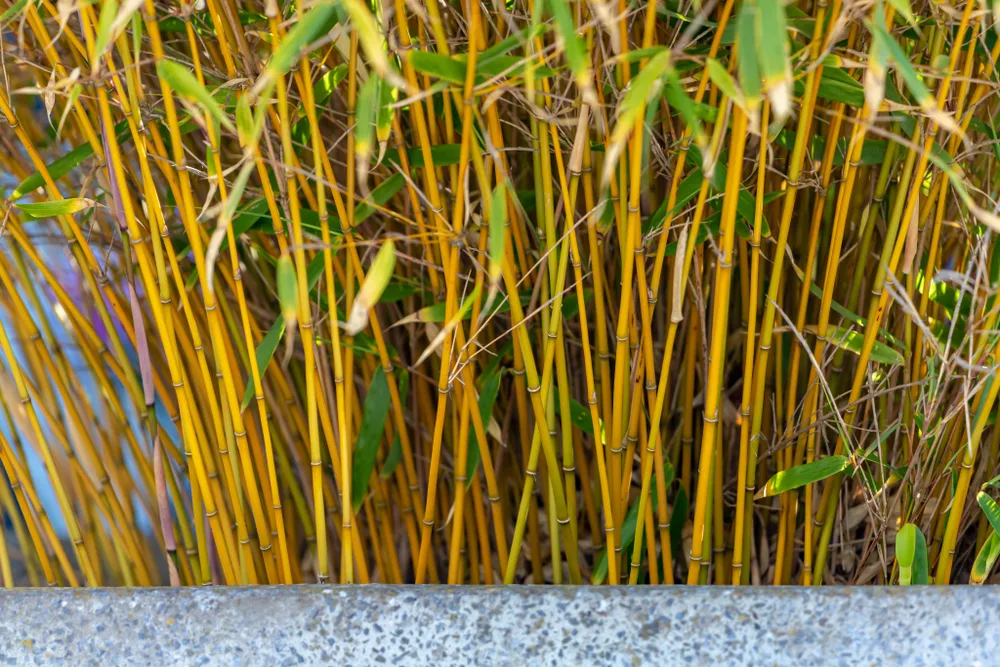
You may not immediately think of it as an edible plant. But a number of bamboo varieties not only grow quickly and provide year-round privacy, but also provide edible shoots in spring.
Edible bamboo varieties that might be good for a privacy screen include:
- Phyllostachys aurea
- P. edulis
- Phyllostachys violascens
- P. vivax
- Yushania anceps
- Pseudosasa japonica
- Pleioblastus simonii
- Semiarundinaria fastuosa
Vining Plants for an Existing Fence or Pergola
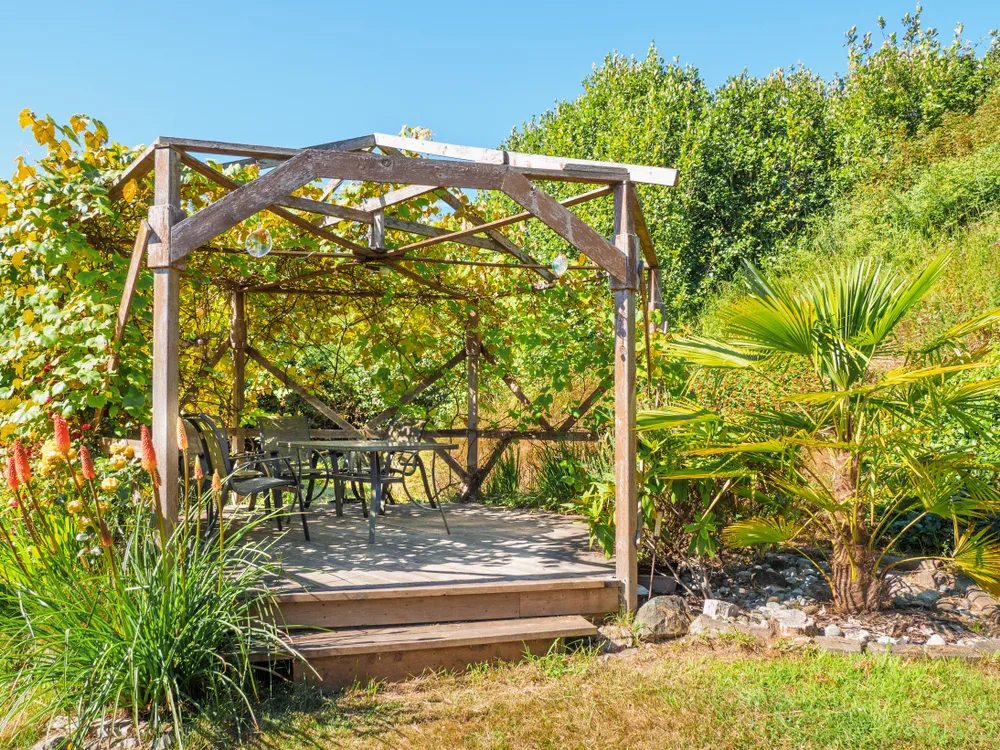
It is also worthwhile considering the fact that you do not necessarily have to plant a stand-alone hedge or plant rows for privacy.
You could also add vining plants to an existing chain link fence or similar.
Vining plants can also be used to add privacy to an pergola or porch structure.
Edible vining plants that you might like to consider include perennial options such as:
- Grape vines
- Hardy kiwi
- Hops
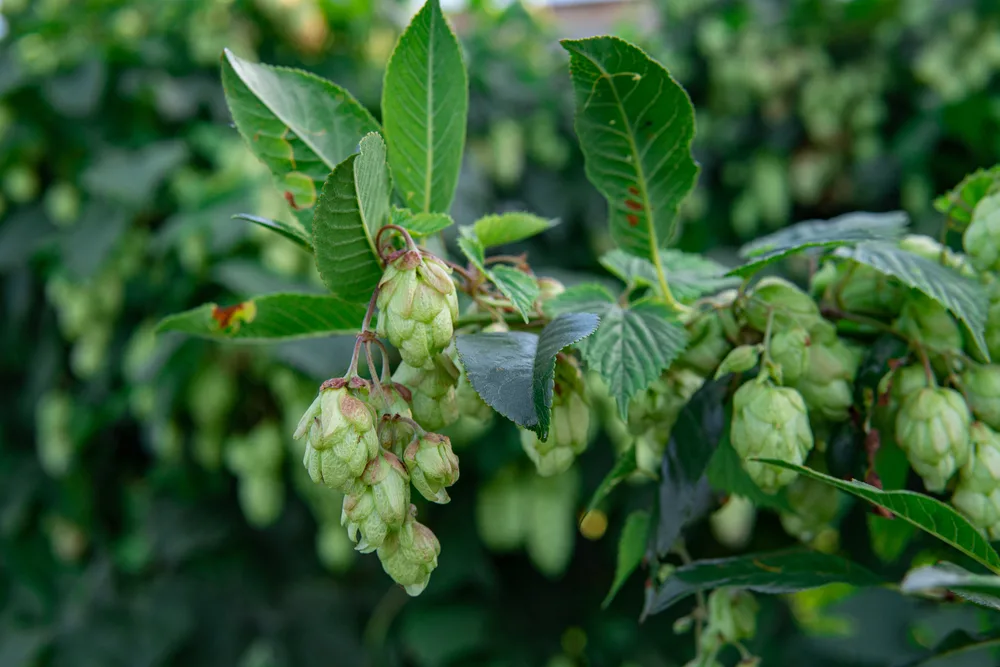
Edible Plants For Summer Privacy
You could also consider adding seasonal privacy by planting other annual edible crops, such as:
- Runner beans (or other vining beans) (also nitrogen fixing)
- Tall pea varieties (also nitrogen fixing)
- Cucumbers
- Vining squash and gourds
- Cordoned tomato plants
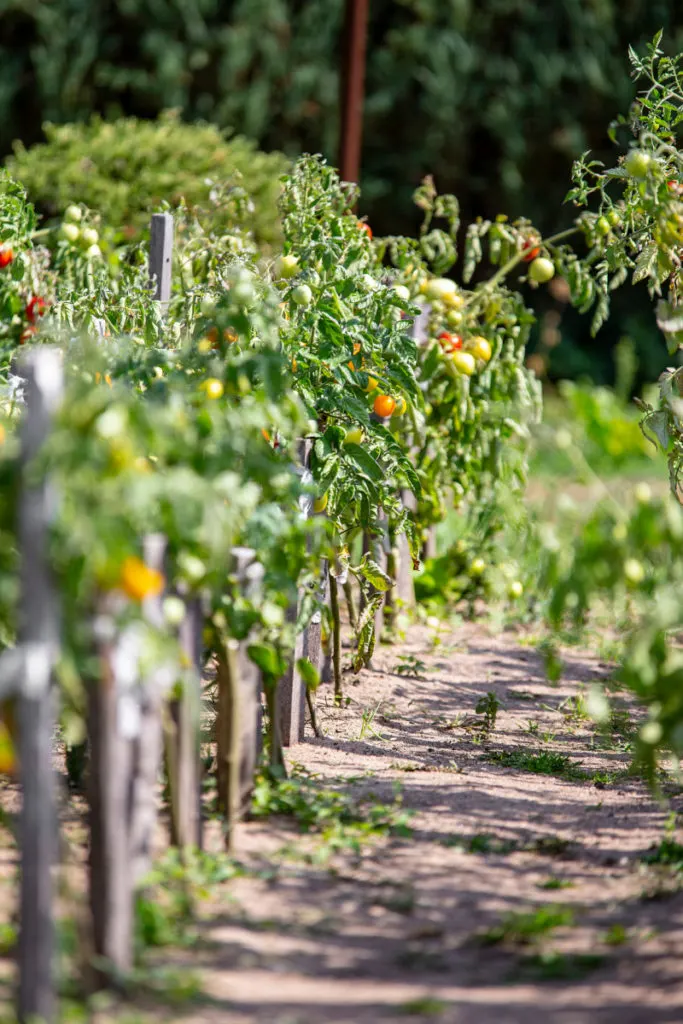
These are, of course, just some of the many edible plant options you could consider for your privacy screen.
Whichever route you choose to go, remember – in an organic garden it is best to grow as many different plants as possible.

Get the famous Rural Sprout newsletter delivered to your inbox.
Including Sunday ramblings from our editor, Tracey, as well as “What’s Up Wednesday” our roundup of what’s in season and new article updates and alerts.

